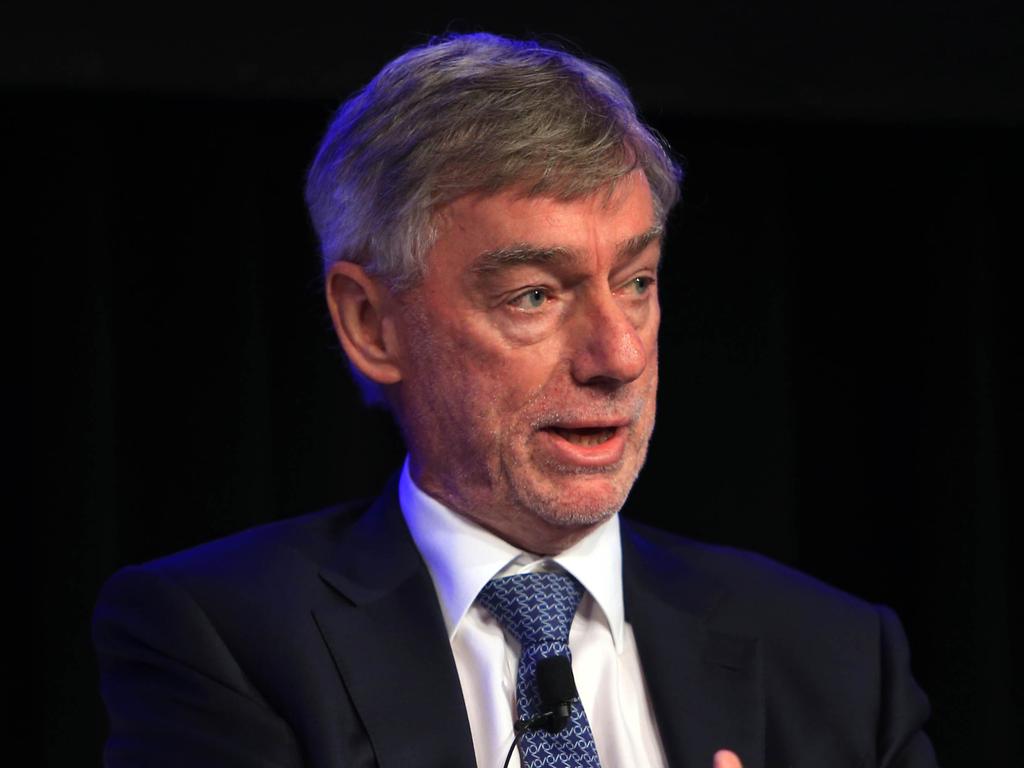Past shareholders pocketed dividends that the company should have spent updating its antiquated technology. Partly as a result of that failure, Westpac faces 23 million breaches of anti-money laundering rules. Current shareholders face possibly billions in fines because of this basic strategic error.
To be fair to Hartzer and his directors, they are not alone. All the major Australian banks and a vast number of other Australian companies have under-invested in technology, preferring to hand the much-needed investment capital back to shareholders. Treasurer Josh Frydenberg has been very critical of this fundamental failure of Australian boards and chief executives.
He recently pointed out to the Business Council that share buybacks and capital returns are becoming the “default option” for Australian corporates, who opt for them instead of much-needed investment to improve productivity.
READ MORE: Hartzer suddenly less secure |
Hartzer: I’ll stay and fix Westpac | Will risky Westpac trio survive raid?
He points out that over the last 12 months about $29bn has been paid to shareholders in buybacks and special dividends, compared to an average of $12bn in the previous four years; a 140 per cent rise.
Invest or get left behind
He told Australian CEOs that the lesson from companies like CSL and Cochlear is to invest in the business.
And in banking, as in so many other industries, the technology is moving fast, so you must invest. In banking there is an extra incentive. The crooks now have the technology to cause havoc on those banks that don’t secure their systems again cyber-attack.
For the banks and the Australian community, the failure of bank boards to update their basic systems is a disaster.
But banks around the world are being squeezed by low interest rates, so it’s now much harder to find the money.
And coincidentally, Josh Frydenberg is trying to explain to the Australian community that it must adjust to an ageing population. It’s not going to be an easy task because the soon-to-be retirees incorrectly think the treasurer is trying to make them work longer, although that is an option they will need to consider. And discussing the ageing population problem is made tougher because the inflated dividends from the likes of the banks and Telstra have cushioned Australian retirees against lower interest rates.
When last month I wrote that “Banks facing double threat of low interest rates and technology deficit” and “Australian banks do not spend enough on technology”, I had no inkling of the Westpac disaster and that the same set of systems failures are endangering other banks.
Technology gap
Global management consultant McKinsey has warned all banks that the technology gap goes further and that banks face a challenge from fintech developers and companies such as Apple, which have entered the banking space.
McKinsey says global banks only set aside 35 per cent of their IT budgets to innovation and reinvention strategies, whereas fintech players spend more than 70 per cent. To meet the challenge of the disrupters, banks must boost their investment in artificial intelligence-led risk management systems, identifying unique customer bases as well as building out digital talent base and data analytics.
McKinsey says those that do not do this “risk becoming footnotes to history”.
Bank of America is the global bank leader in technology. Those Australian banks that have studied BoA have learned that a modern bank must spend vast sums on technology. Bank of America spends $10bn a year. Australian banks have never updated their basic systems and they are at great risk of cyber-attack. Banks have to be high-technology companies.
Playing catch up
It’s taken a long time but Westpac, even before the Austrac charges, had finally woken up to the fact that it had a deep problem. To start the catch-up, Westpac is building a new technology platform with Microsoft, which will let it analyse all the data it has on an individual customer in real time, and offer personalised services, advice and account analytics across its banking apps. The new facility will come into operation next year. Announcing the Microsoft link, Westpac conceded that the company had to make up ground on its Australian rivals. But those rivals are way behind the global game.
Maybe it will take an enormous fine on Westpac to show all Australian bank boards that the old banking game is over and that they require an much greater investment catch up.
But then they also have to explain the dividend problem to shareholders. That will not be easy as Frydenberg has found in explaining to Australians the implications of an ageing population.





Westpac chief executive Brian Hartzer, his board and current shareholders are set to pay a big price for the dividend binge of the last few years.